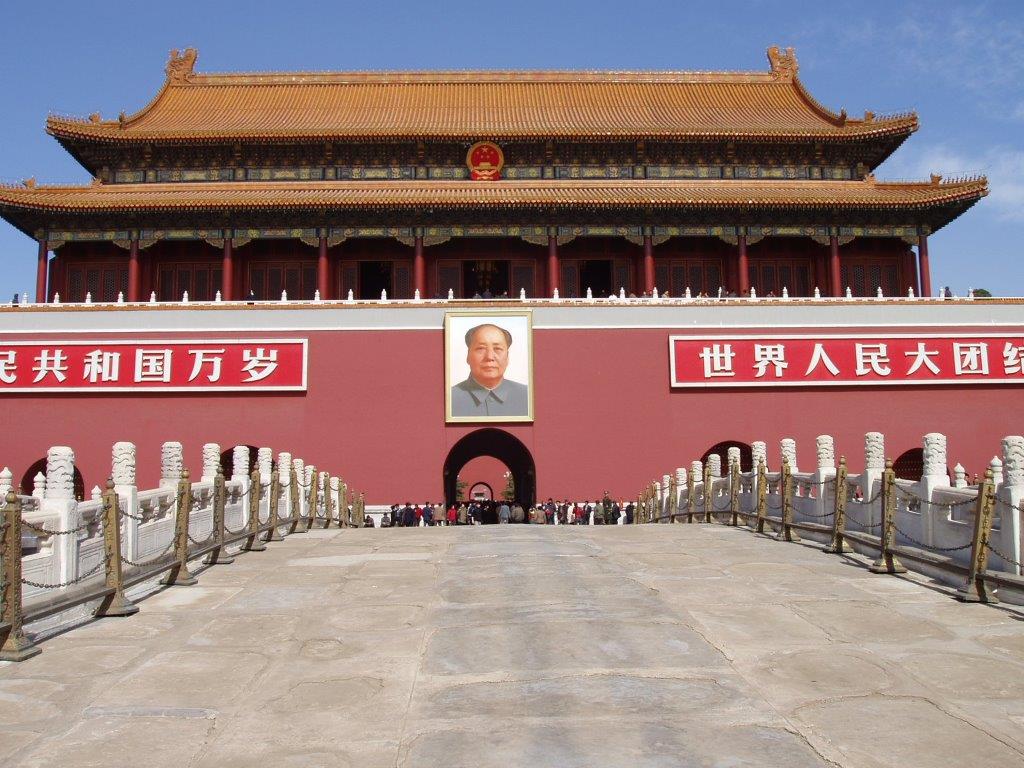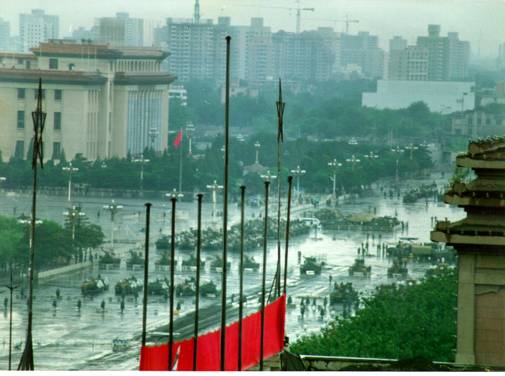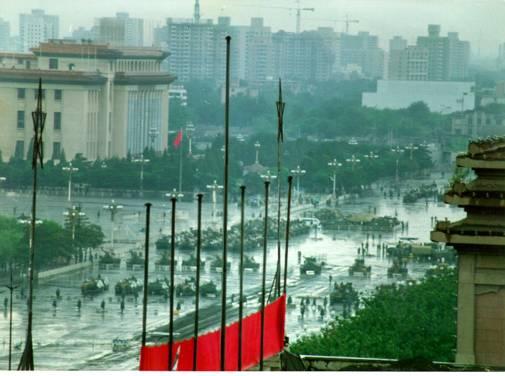Washington, D.C., June 4, 2020 - To mark the 31st anniversary of the massacre at Beijing’s Tiananmen Square, June 4, 1989, the National Security Archive today reposts its special exhibit of declassified documentation on an event that has decisively shaped contemporary China – and that just in the past week has unexpectedly gained salience for the United States.
The Tiananmen exhibit consists of three documentary E-books that appeared on previous anniversaries, in 1999, 2001, and 2014. The declassified documents they contain demonstrate that U.S. embassy officials realized very quickly that the Chinese military had carried out a massacre ordered by top officials who feared the public expression of dissent could threaten Communist Party rule.
As part of their ongoing brutal crackdown of internal dissent, Chinese authorities have carried out a long-standing, harsh policy of history suppression, forbidding on-line or other discussions of the events at Tiananmen Square. This year, for the first time, Beijing has denied permission for the residents of Hong Kong to memorialize the massacre. Such attempts to whitewash history make it critical that records from the period be preserved and their permanent availability to the public ensured.
Adding a new dimension of salience to these materials are the events in the United States since the murder of George Floyd in Minneapolis on May 25: namely, days of emotional demonstrations across the country and a controversial threat by President Donald Trump to use the military to suppress acts of violence or looting. That prospect took a step closer to reality on June 1 when the president and several advisers posed for photos in front of St. John’s Episcopal Church not far from the White House. Before the president set out across Pennsylvania Avenue and Lafayette Park on foot, Attorney General William Barr ordered the forcible dispersal of a large crowd of peaceful protestors from the area, prompting heated responses from numerous quarters, including from former top military officers such as Trump's ex-Defense Secretary Gen. James Mattis and former Chairman of the Joint Chiefs of Staff Gen. Mike Mullen.
During the years after the Tiananmen massacre, National Security Archive fellow Jeffrey Richelson and analyst Michael Evans filed declassification requests to find out how U.S. government officials monitored the events and what they learned from intelligence sources, including eye witnesses. The requests, some of which took years for the agencies to process, yielded high-quality documents that shed light on the events, including the background, the armed attacks on the protestors, and the internal debates among top Chinese officials. They also document the mixed U.S. response to the massacre, on the one hand, sheltering a protestor, and on the other, trying to keep open lines of communication with Chinese authorities and to maintain flows of U.S. investment.
In light of that – and recent events in the United States – it is worth recalling what U.S. government officials learned at the time and how they assessed Beijing’s response to internal dissent. Conversely, it will be interesting in the years ahead, when foreign government archives are open, to discover how diplomats assigned to Washington reported on the events of the last 10 days, especially the crackdown at Lafayette Park on June 1.
Read our previous postings

|
June 3, 2014 Chinese Military Was Split over Bloody Suppression of 1989 Student Protests, DIA Reported |

|
June 4, 2001 New Documents Reveal U.S. Perceptions of 1989 Chinese Political Crisis National Security Archive Electronic Briefing Book No. 47 |

|
June 1, 1999 National Security Archive Electronic Briefing Book No. 16 |

